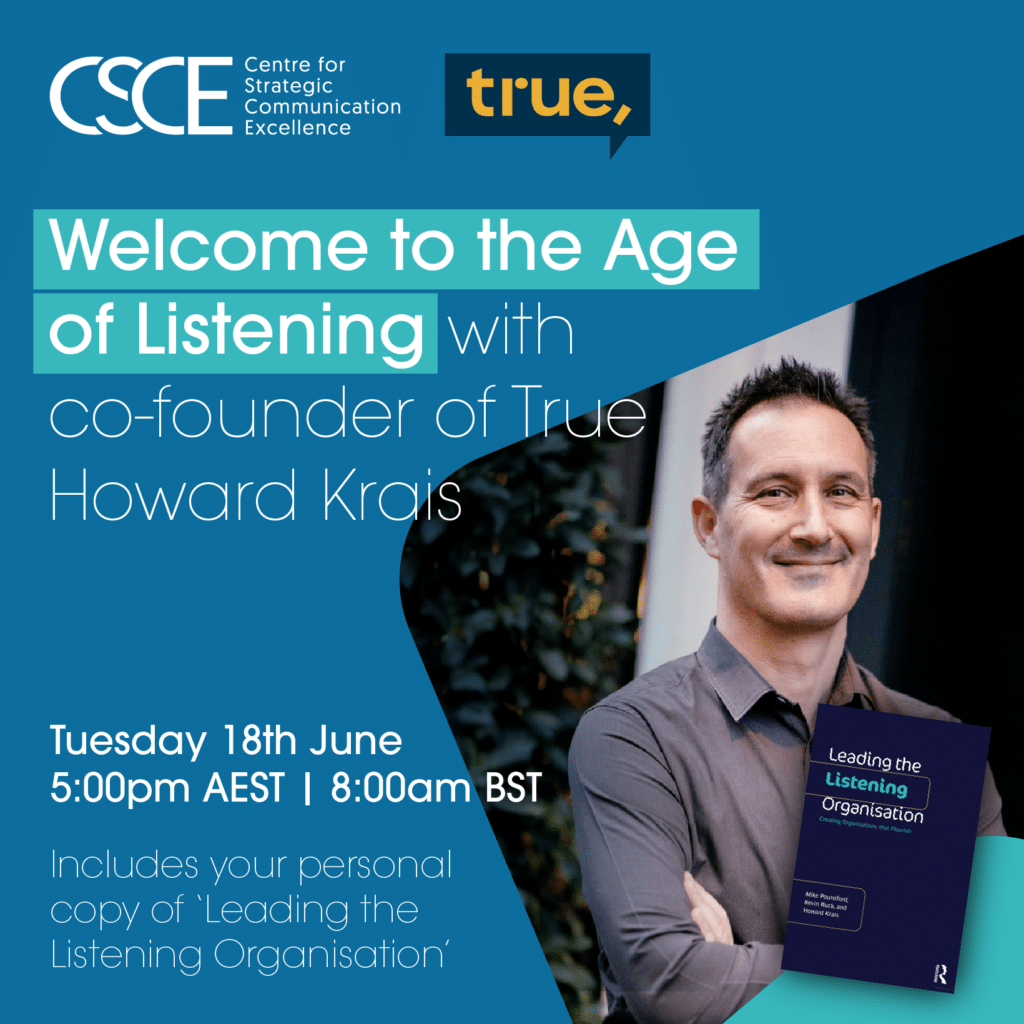According to Wayne Aspland, FAQs just got really important.
If you asked a group of communicators about the bane of their lives, it’s a fair bet they’d say FAQs (or, to some, Q&As). We all know they’re important to their intended recipients… like leaders about to give a speech, briefing or media interview. Well, we think they are, anyway.
But preparing FAQs can be a laborious and surprisingly challenging chore. That’s why they’re often left to the last minute or delegated to a colleague.
In fact, so universally unloved is the process of FAQ preparation that I once heard a colleague refer to them as Frequently Uttered Questions. Why? Because of the acronym that makes.
But, love them or hate them, the reality is that FAQs just got really important. That’s because questions and answers are increasingly becoming the way we communicate online.
The rise of digital virtual assistants
If you don’t believe me, just step into your kitchen and say, “Okay Google”.
I’m sure it will come as no surprise to read that digital virtual assistants (DVAs), like Google Home, Amazon Echo and Apple HomePod, are growing their socks off at the moment. In fact, in January, Google announced it sold tens of millions of units over 2017 and “more than one Google Home device every second since Google Home Mini started shipping in October 1 ”.
And, across all the brands, the expected growth in 2018 is stellar. In January, Accenture reported that stand-alone DVA ownership levels are expected to grow this year 2 :
- From 14% to 39% in India
- From 21% to 37% in USA
- From 4% to 23% in my home country of Australia… a five-fold increase 3
Now, the key point here is that we don’t have fireside chats with these devices (although they do serenade us if we have a music streaming account). And we don’t use them to browse through content like we do on the web.
Instead, the language of the DVA is short and sharp. It’s either instructions… or questions.
FAQs are the new black
Now if the FAQ growth story was limited to DVAs, you might say… “well, that’s interesting” and move on.
But we’re only getting started.
You see, the friendly and very brainy voice that powers Google Home – the Google Assistant – can now be accessed in eight different languages on over 400 million devices. These devices range from Android phone and tablets, iPhones, headphones, TVs, watches and so on 1. The Google Assistant is now integrated into Android Auto as well 4 .
So, this is not just about DVAs. In fact, we now have a brand new category to get excited about – voice search… and it’s being talked up in a big way.
In 2016, Google CEO, Sundar Pichai, said that 20% of queries on its mobile app and Android devices are via voice 5 .
And Comscore has said that 50% of all searches will be voice searches by 2020 6 .
There’s still more… chatbots, Featured Snippets and voice portals
Then there’s the fact that a lot of the content that’s accessible via the Google Assistant is also accessible at the very top of Google’s search results via their Featured Snippets. Now, if you ask a question on Google, you’ll be answered with a Featured Snippet and a never-ending list of related FAQs… right at the top of their search engine results page (SERP).
Just when you thought you had SEO down pat!
And, finally (circling back to DVAs), we have the world of voice portals, which is rapidly growing via Google Assistant’s ‘actions’ and Alexa’s ‘skills’.
Using actions and skills, businesses can create their own DVA-based channel or portal… like a voice operated web site. Here’s a couple of examples from my home country…
A well-known book chain by the name of Dymocks has its own action. All you need to do is say “Okay Google, talk to Dymocks”, and you’re connected to a Dymocks environment where you can ask about local stores or particular books.
And Taste – a popular Australian recipe site owned by NewsLife Media – has its own action where you can search through over 50,000 recipes. It’ll even send a printed copy to your connected device Just say “talk to Taste Recipes”.
These two actions may not work in your area, but you can go to these pages to search the actions from Google and the skills from Alexa. If you want to try one, but don’t have a DVR, try using your Android mobile phone.
What does this all mean?
Clearly, we have large-scale disruption going on here. FAQs are becoming a big deal in the content marketing world.
As a result, we should ask ourselves:
- How do we produce content in a FAQ-based digital environment?
- How do we optimise our marketing and external communications for voice?
- What impact will initiatives like Google Featured Snippets have on online SEO practices?
- How do we start incorporating voice into our customer journeys and experiences?
- And what are the applications for internal communications?
And then, I’d suggest doing the following five things:
First up, become really adept at identifying:
- What our customers want to know
- How they are likely to ask
- What the answer is.
To do this, consider using the growing bank of tools that are out there, like:
- Analysing Google Featured Snippets to see the relevant questions they’re publishing
- If you’re running chatbots or a voice portal, keeping an eye on the back-end, which will usually tell you the questions people have asked
- Using machine learning to analyse and adapt in real-time to new questions.
Next, when answering questions, try to get to the point without the addition of all the unwanted promotional stuff. Being helpful is the best form of promotion in this environment. If you haven’t already, build a ‘living library’ of FAQs. That is, a library that’s constantly refreshed.
Then, research how you publish digital content so that Google might pick it up. There’s plenty of information online about voice search and Featured Snippets. Alternatively, ask your digital agency or SEO contact. If they don’t have an answer, ask them why.
Finally, start looking into Google Actions and Alexa Skills. At the very least, look at how you can lock away ownership of your name. There’s a real land-grab coming, and, unlike web sites, there aren’t multiple domain options for you to choose from. If someone beats you to your name, you’ve lost it.
I suspect it’s going to take a while for this whole voice thing to really play out.
But there’s no doubt that FAQs are becoming a much bigger deal than they ever were before.
Maintaining a well-constructed, up-to-date library of organisational and product FAQs is now mandatory. It’s an activity that marketers and communicators need to take really seriously.
References:
- Rishi Chandra and Scott Huffman, Google, ‘How Google Home and the Google Assistant helped you get more done in 2017’, 5 January 2018, https://www.blog.google/products/assistant/how-google-home-and-google-assistant-helped-you-get-more-done-in-2017/
- ‘Time to navigate the super myway’ – Accenture Digital Consumer Survey 2018, Accenture, https://www.accenture.com/us-en/event-digital-consumer-survey-2018
- Chris Griffith, The Australian, ‘Digital assistants gain ground on smartphones for home services’ 15 January 2018, https://www.theaustralian.com.au/business/technology/digital-assistants-gain-ground-on-smartphones-for-home-services/news-story/ad706132f9f803e337ece237bebb177b
- ‘Google Assistant in your car’, Google, https://assistant.google.com/platforms/cars/
- Greg Sterling, Search Engine Land, ‘Google says 20 percent of mobile queries are voice searches’, 18 May 2016, https://searchengineland.com/google-reveals-20-percent-queries-voice-queries-249917
- Amine Bentahar, Forbes, ‘Optimizing for voice search is more important than ever’, 17 November 2017, https://www.forbes.com/sites/forbesagencycouncil/2017/11/27/optimizing-for-voice-search-is-more-important-than-ever/#7982e36d4a7b





